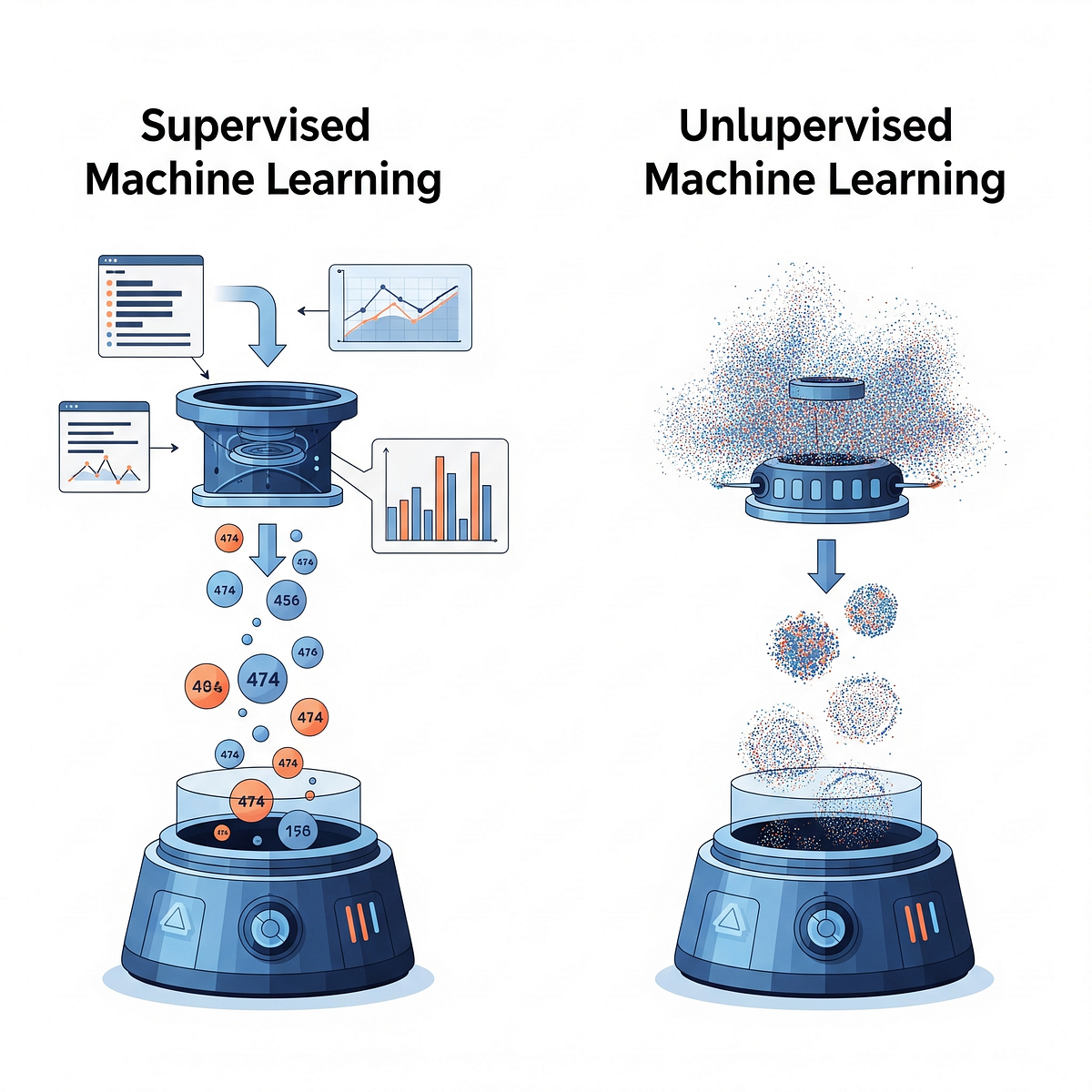Medium
1w
85

Image Credit: Medium
Supervised vs Unsupervised Learning — What You Really Need to Know
- Supervised Learning involves training a model with data and answers, while Unsupervised Learning trains the model with only data, without answers.
- Common use cases for Supervised Learning include email spam detection, loan approval prediction, disease diagnosis, and price estimation.
- Common use cases for Unsupervised Learning include customer segmentation, fraud detection, and recommender systems.
- Key differences include the requirement of labeled data for Supervised Learning and its task type focusing on prediction, while Unsupervised Learning does not require labeled data and focuses on pattern discovery.
Read Full Article
5 Likes
For uninterrupted reading, download the app